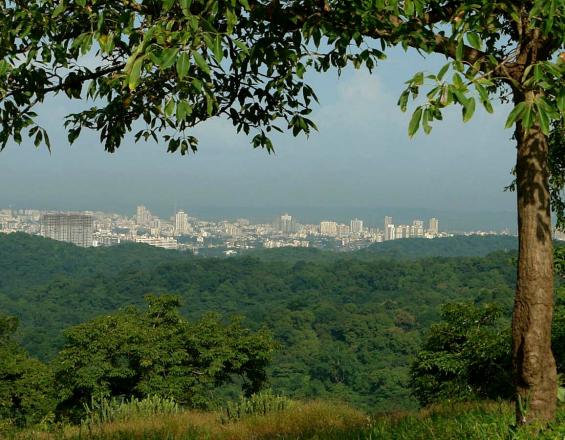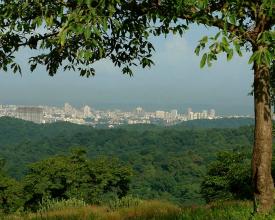Advocating for migratory tracking and corridor protection in urban areas

Sanjay Gandhi National Park in Mumbai faces immense external and internal pressures. Since the park is surrounded on three sides by the developed city, it faces the dangers of an isolated, shrinking habitat. The diverse array of flora and fauna within are subsequently threatened. As a long-term conservation strategy, advocates have lobbied to enhance connections between the park and wilderness areas to its north.
Impacts
The corridor advocacy has had a few important impacts. It first led to the exploration of increased protections of the adjoining forests, and eventually to the creation of the Tungareshwar Wildlife Sanctuary north of SGNP. It also contributed toward more scientific tracking of migrations and populations, which generated more evidence in support of connecting corridors. In 2009, a radio-collared leopard was tracked covering a distance of 120 km into SGNP from the north. While tracking large, visible species, advocates and policymakers can target ranges of movement that can inform buffer zone creation and human-wildlife interface strategies. Expanded, protected and connected areas that provide space for large mammals (generally keystone predator species) also ensure sufficient habitat for a greater variety of flora and fauna that exist within those same ranges. As SGNP continues to face mounting pressures from a growing city, establishing a corridor to the north may be one of the most important protective measures supporting the 21 individual leopards – and countless other species – that share Mumbai with 12.5 million people.
